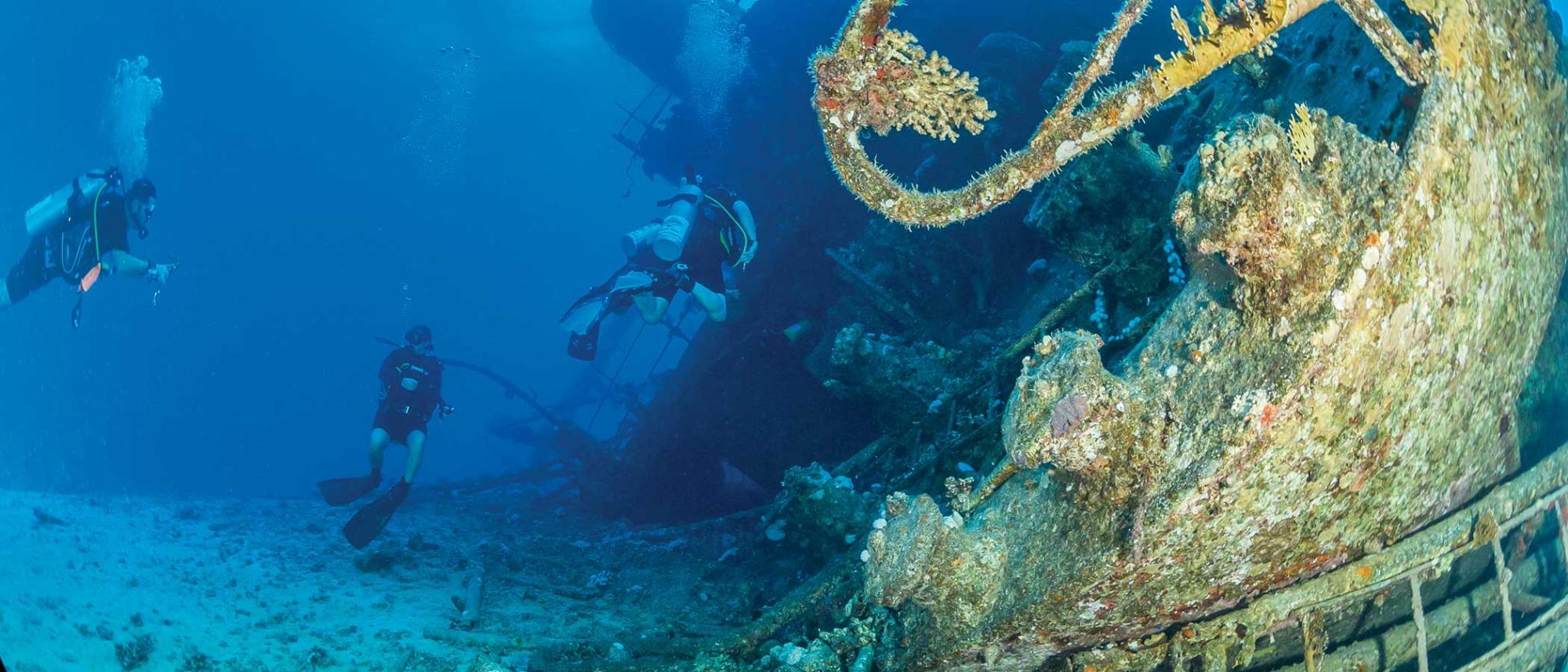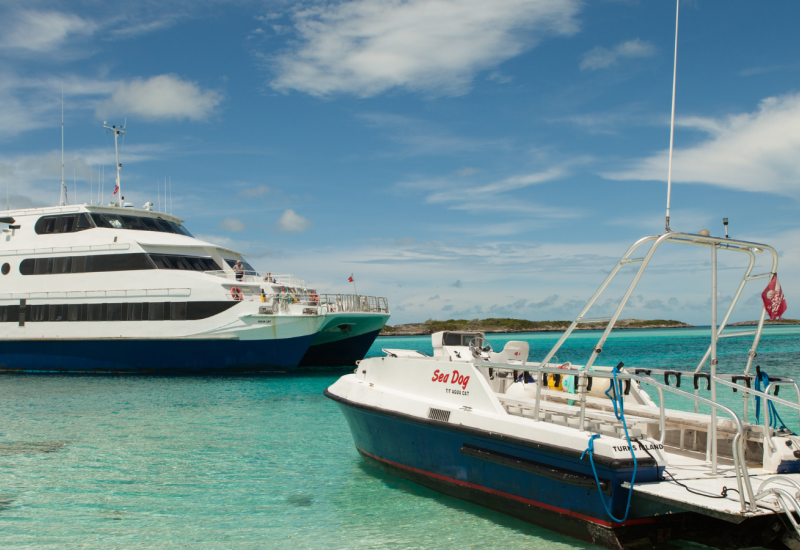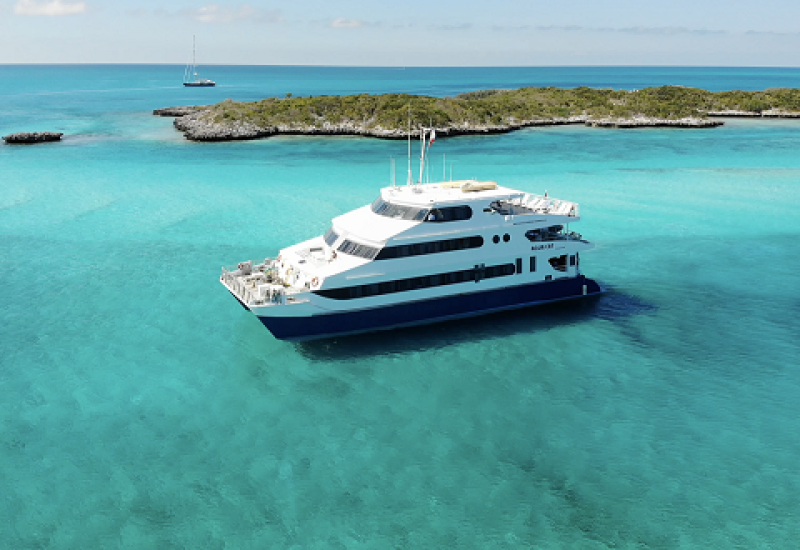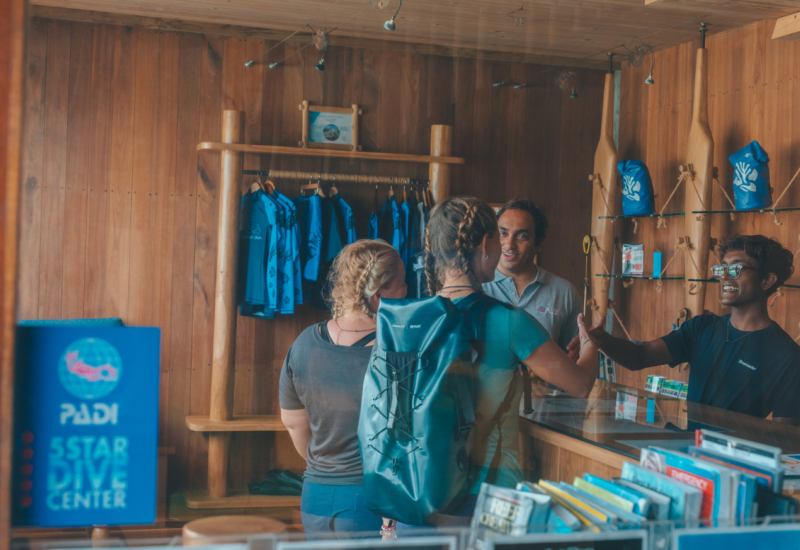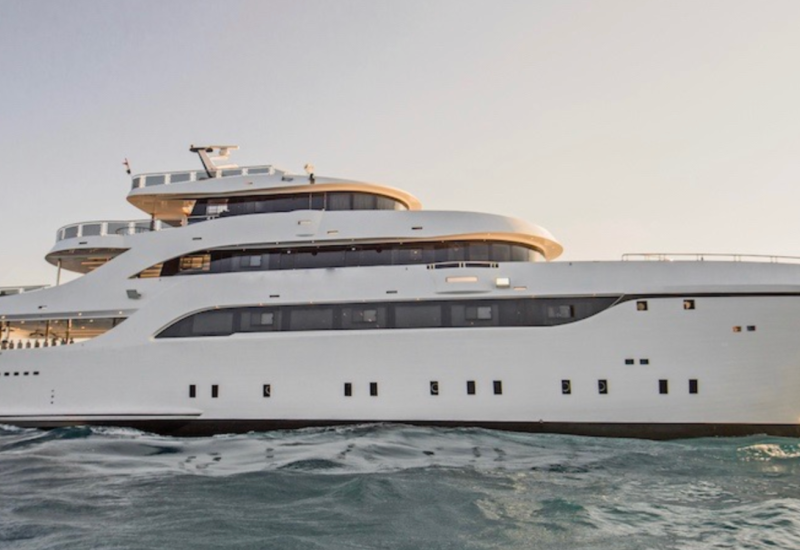A Guide to Liveaboard Diving on Red Sea Aggressor II
^^B^^efore my trip even began, I was faced with a fork in the road.
Most Red Sea liveaboard itineraries cover either the north or south — each region has its own appeal. Since it’s tough to do both areas thoroughly on the same trip, I was left with a decision.
I’ve always associated Egypt’s rich history with its famous temples and monuments, so I was especially curious to learn how the Red Sea’s shipwrecks also tell powerful stories about this country’s legacy as a shipping center. With some of the world’s most famous wrecks harbored in the north, a trip here aboard Red Sea Aggressor II was the clear choice.
Red Sea Aggressor II departs from the resort town of Hurghada, Egypt. Leaving port, I was struck by the contrast between the golden sand formations of the Egyptian desert and the blue waters of the Red Sea. Before making our first dive, all of the guests aboard Red Sea Aggressor II performed a checkout dive for a weight and buoyancy check. I found this more important than ever because the salinity of the Red Sea is higher than any other place I’ve dived. Yes, it turned out I needed a few extra pounds — making me feel like my diet of late was a bit heavy on the calories.
We descended in choppy seas at Sha’ab El Erg thanks to the windy conditions. As I fiddled with my camera, I could hear dolphins close by. Too preoccupied with my system, I missed the chance to see the pod, but several other guests watched in awe as a dozen passed by on their checkout. It’s not unheard of to have a playful pod come into this protected area to rest from a night of hunting and engage with divers in the water.
This bucket-list encounter is the type of wild card the Red Sea can throw at you at any time — but there are two constants in these parts that bring divers back year after year: unforgettable wrecks and bountiful reefs.
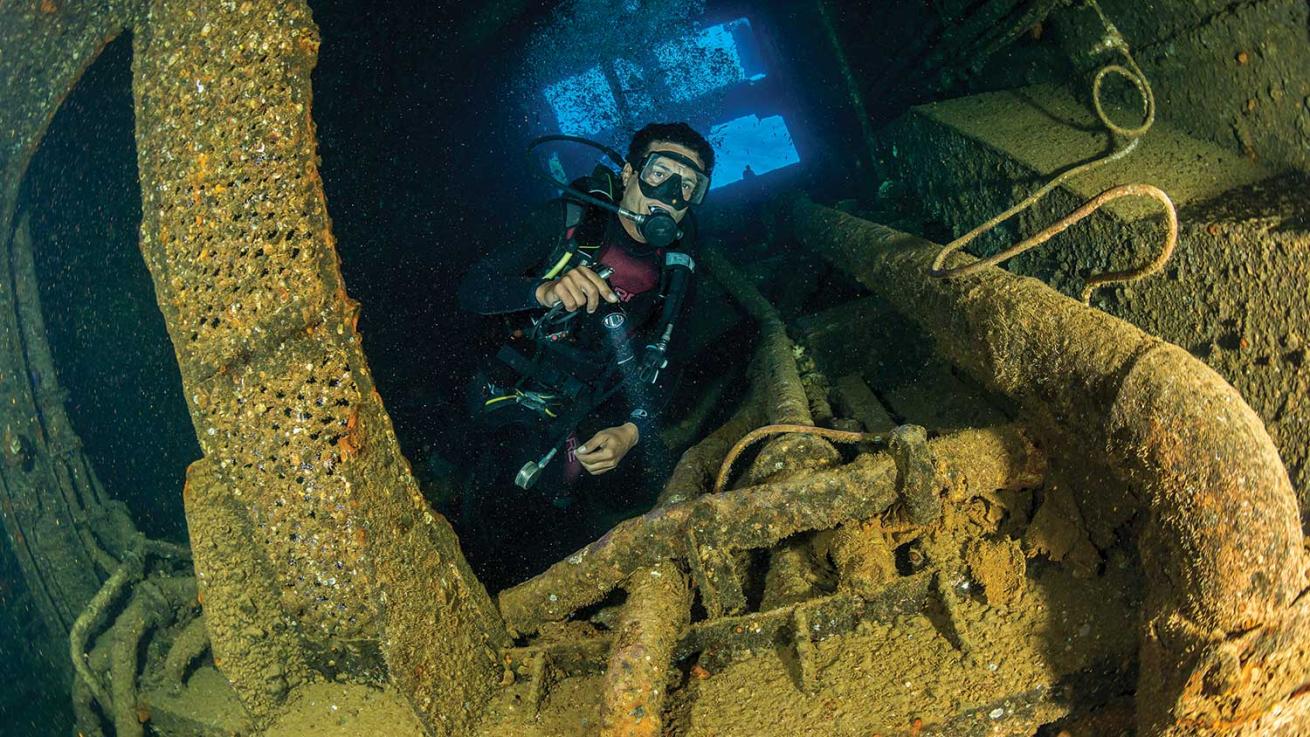
Michele WestmorlandThe Giannis D.
The Wrecks
SS Thistlegorm is the most famous wreck in the northern Red Sea — and maybe the world. It would take dozens of dives to absorb the immensity of this ship and an entire book to tell its story; don’t worry, there are several.
The Thistlegorm was a British-armed ship that was sunk in the Red Sea by German bombers during World War II. The wreck, which was carrying supplies to help the Allied war effort, was explored by Jacques Cousteau in the early ’50s, but decades passed before it became a top dive site. At around 415 feet long and lying at a very divable depth of about 100 feet, the Thistlegorm is now considered one of the Red Sea’s premier attractions.
I dived the site three times, which was barely enough to understand all the photo opportunities and mysteries hidden inside the ship. As a first dive, I decided not to enter any of the openings, doorways and hatches, but would try to get sense of the size of this ship by swimming from stern to bow. The next two dives were spent checking the holds where I would discover motorcycles, trucks and piles of tires. Would I do it again? Yes, and again, and again, and again.
To the south of Thistlegorm lies the Dunraven, which sank in 1876 and is now home to grouper, scorpionfish and blue-spotted stingrays. A stunning display of glassy sweepers awaited inside, moving and swirling in the protected space of the ship.
But my favorite wreck is the smallest of the region’s sunken vessels. The Barge is a perfect habitat for lots of creatures, night or day.
Located in the Gubal Islands, it is protected from stormy seas. So why did it sink? It’s suspected that it is an Egyptian patrol boat that met its fate in 1967. It’s shallow, so there is plenty of time to explore the Barge’s hidden treasures.
With a reef system in the middle of a major shipping lane, it’s readily apparent why Abu Nuhas is also known as “The Reef of Seven Deaths.” We dived three of the reef’s victims, starting with the Carnatic, a beautifully intact cargo ship that has been at a depth of about 80 feet ever since it sank in 1869. We followed it up with dives on the coral-encrusted Chrisoula K, a large freighter with a max depth of 85 feet, and the Giannis D, which lies on its side at a depth of 70 feet.
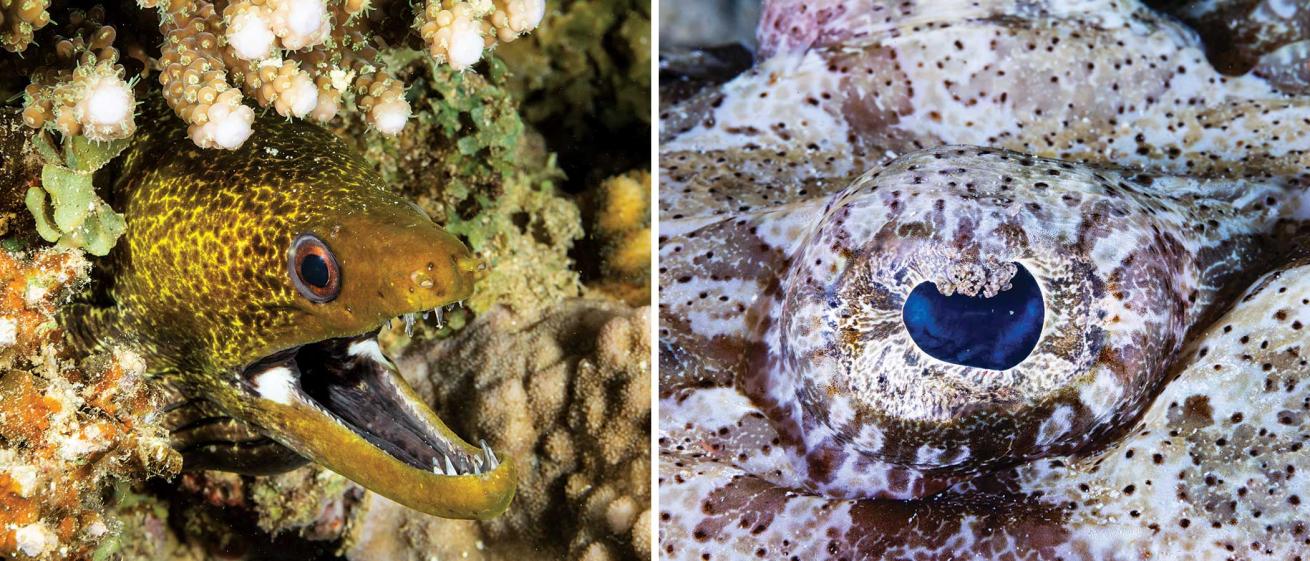
Michele WestmorlandMorays and crocodilefish can be found in the reef.
The Reefs
Both reefs and wrecks can be found at Sha’ab Mahmoud, off the southwestern tip of the Sinai Peninsula. The northern Red Sea has some of the biggest moray eels I’ve ever seen, poking out of the reef structure or out hunting. With a circumference rivaling my own, the creatures had me a little wary at first, but I soon discovered that they just wanted to be cleaned by shrimp or wrasse. Thankfully, I was not an item on their dinner menu.
The wind calmed enough for us to make it into the Strait of Tiran, where the reefs are rich with life, including schooling bannerfish and feeding turtles. One of my favorite sites was Jackson Reef, which boasts huge clusters of cabbage coral in a brilliant yellow with orange anthias darting in and out of the leafy structure.
The Ras Mohammed National Park system is one of the most famous in the world, but it’s heavily protected. It’s not uncommon for underwater rangers to keep an eye out for bad behavior; they will even ticket the vessel if they see infractions. I like that idea because it’s an effective way to monitor a popular park and the multitudes of divers who visit each year.
Colorful corals and schooling jacks were all about at Shark Reef and Yolanda Reef. But where is the shark photo, you ask? Sharks are prevalent during certain parts of the year, and my visit wasn’t timed to see these toothy fish. So, if it’s sharks you want, check the time of year, water temperature and typical conditions when you plan your trip. These two reef structures have just about everything, and they are easily dived from the two tenders Red Sea Aggressor II has for drop-off and pickup. The current can be strong, but that’s what makes these reefs so amazing. Expect to see schools of snapper, barracuda and jacks, along with various species of stingray, Napoleon wrasse and turtles in the coral gardens with a maximum depth of around 100 feet.
And don’t be discouraged if you miss the sharks. In this region, it’s a collection of things — from iconic wrecks to lively reefs to captivating topside tours — that have drawn adventurers here for centuries.
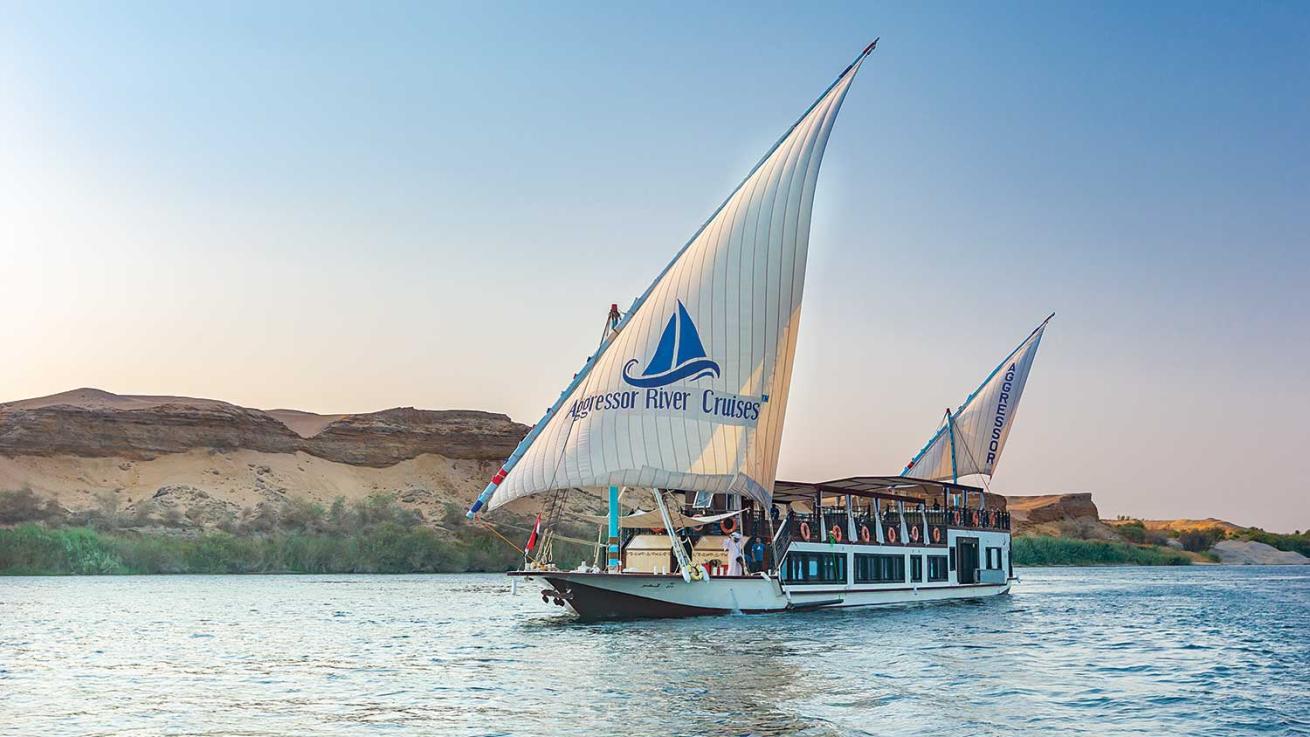
Aggressor LiveaboardsNile Queen carries only 16 passengers in a beautifully decorated vessel and makes for an intimate look into life on the Nile.
Nile Queen
One of the most famous mystery novels is Death on the Nile by Agatha Christie. My experience is that there is more life on the Nile River than I ever expected. Traveling from Luxor to Aswan on board the beautiful 155-foot Dahabiya sailing vessel Nile Queen is the perfect way to extend your stay in Egypt after diving. Experiencing the magnificent temples and history with a passionate Egyptian guide gives you the chance to learn about the beauty and complexity of the culture. In addition to historic sites, the life of the communities living on the banks of the world’s longest river is not to be missed.
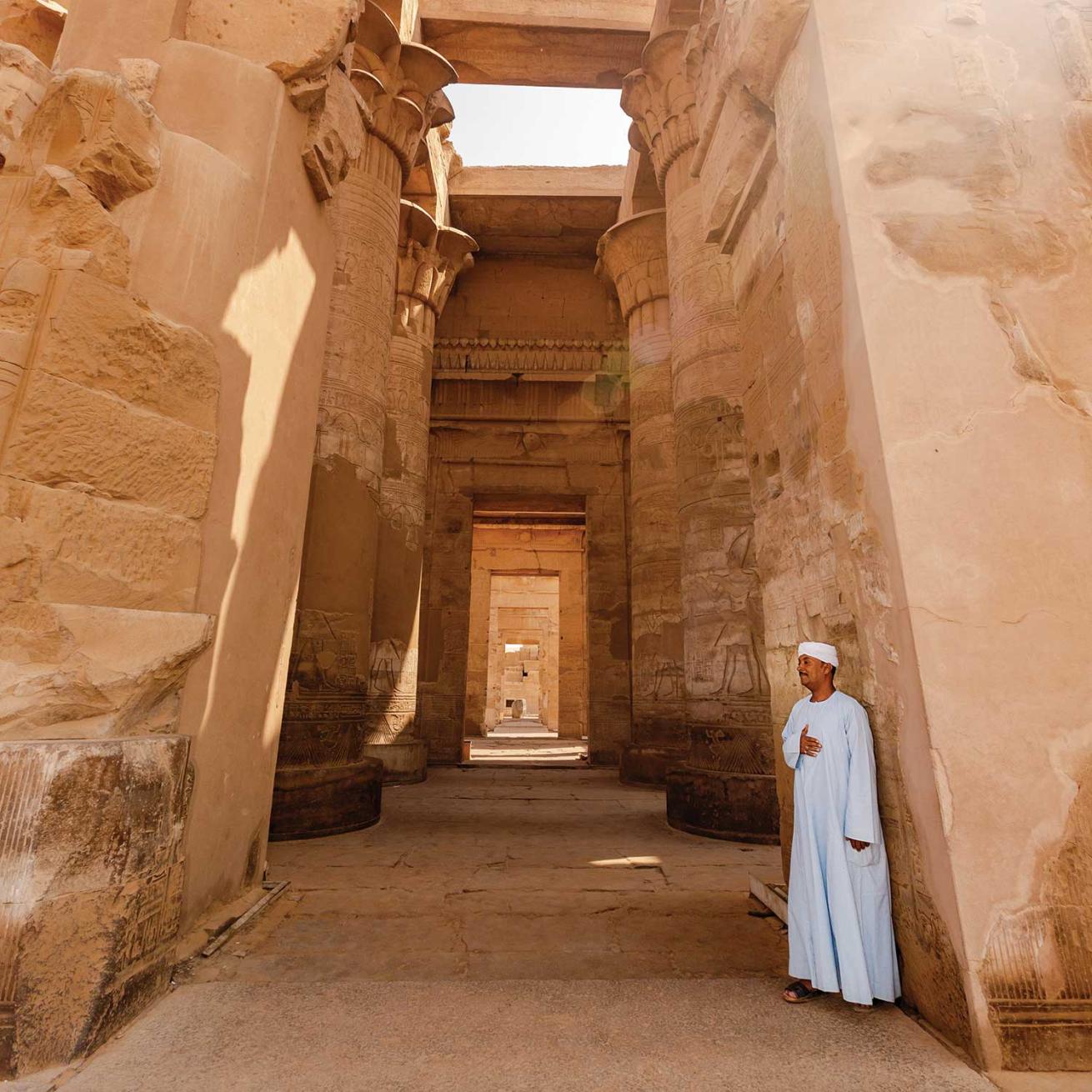
Michele WestmorlandNile Queen ushers travelers to the Temple of Kom Ombo.
4 Reasons to Dive Red Sea Aggressor II
1) The Sweet Life
The divers in Red Sea Aggressor II’s lone suite are sure to draw some envious glances. The luxurious, spacious suite features beautiful decor, a queen-size bed and a couch area, providing plenty of room for a good night’s sleep or just a place to relax and pass a surface interval.
2) View from the Top
The two master staterooms located on the upper deck of Red Sea Aggressor II have large windows to see the beautiful views and comfy queen beds to facilitate a restful night.
3) Lounge Lizards
The lounge and dining area are separate on board, so dive briefings in the lounge are top-tier, with large-screen TVs and comfortable couches.
4) Fun in the Sun
The yacht’s second salon is located on the sun deck — wet bar included — and is the perfect location to read material about the history of the wrecks in the northern Red Sea or review your photos.
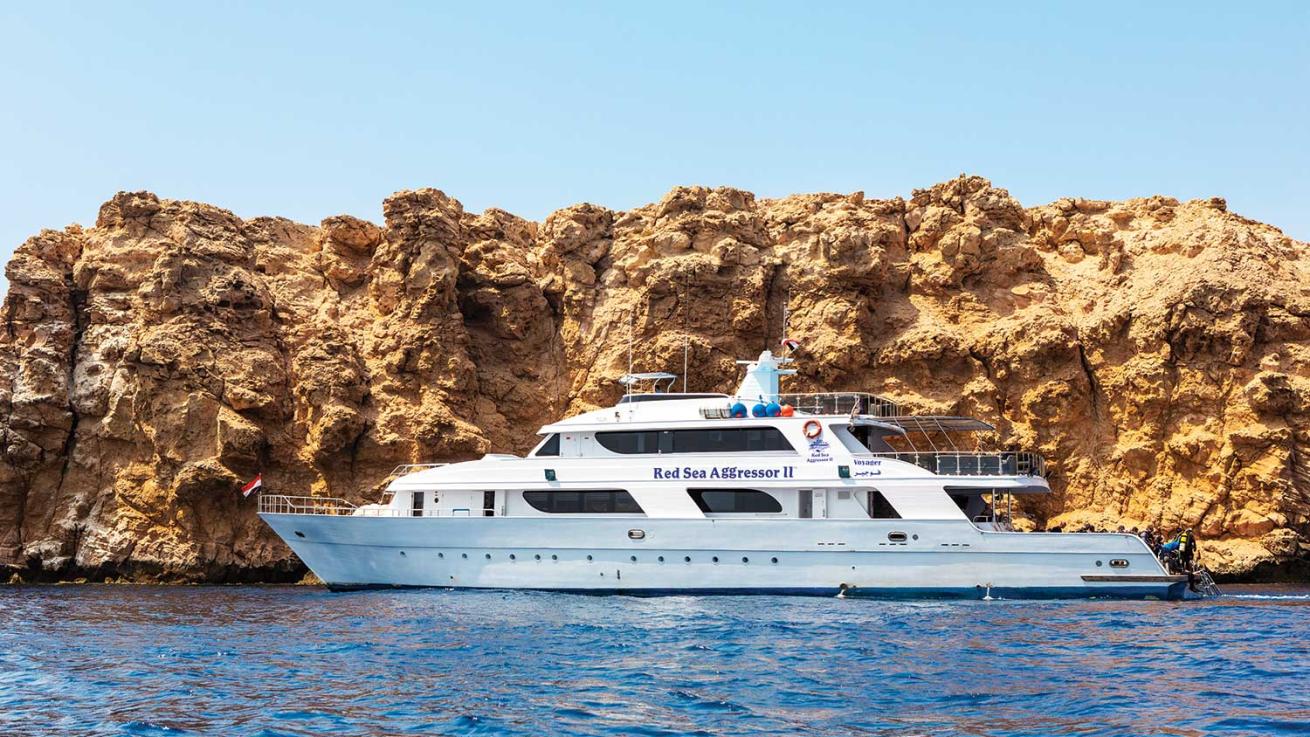
Aggressor LiveaboardsRed Sea Aggressor II visits iconic wrecks in the Red Sea.
Need to Know
When to Go: Red Sea Aggressor II visits the northern Red Sea from February through December. The summer months bring warmer water temps (in the mid-80s) and higher chances of seeing hammerhead and whale sharks, while the winter months bring better viz (reaching 130 feet).
Operator: Red Sea Aggressor II is one of the newest in the fleet. With a length of 138 feet and beam of 26 feet, it supports 22 passengers in eight deluxe staterooms, two master staterooms and a stunning suite. The dining area is separate from the lounge area, and another lounge area on the upper deck gives plenty of space for reading, relaxing and working on images.
Flying into Hurghada makes for a short transfer to the new marina, where the liveaboard’s trips run from Saturday to Saturday.
Price Tag: A seven-night itinerary in a deluxe stateroom starts at $2,355 for 2019 trips. Marine-park fees, port fees and nitrox are not included.

